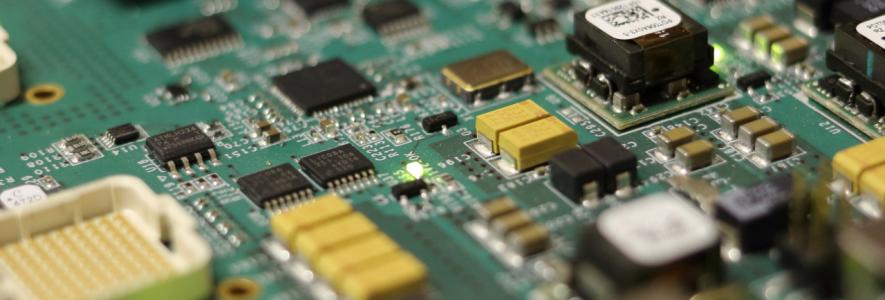
The experimental group is actively involved in the design of hardware for several LHC experiments, as well as supporting existing hardware in active service
Current projects
LHCb upgrade
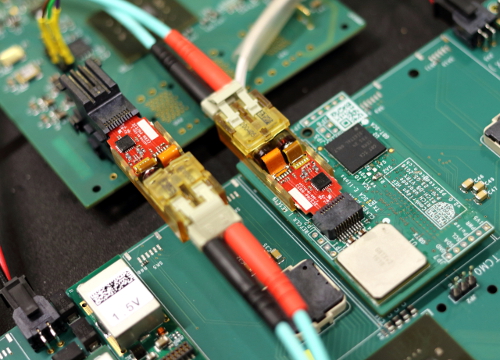
The LHCb detector is being upgraded in 2019 and 2020, whilst the LHC undergoes a long shutdown for upgrades and maintenance. This upgrade will allow the detector to operate at a luminosity 5 times higher than today, as well as reading out 40 times as many events as today. By increasing both the number of actual and recorded events, the upgrade will make it easier to investigate rarer and more elusive decays.
The Cambridge HEP group is an active member of an international collaboration to upgrade the LHCb RICH sub-detector. Our responsibilities include the design of the digital boards that read out the vast quanitities of data produced at the front-end of the sub-detector and transmits them for further processing, analysis and storage away from the detector.
The digital boards developed by Cambridge HEP for the LHCb RICH upgrade will produce enough data to fill a typical hard drive in a tenth of a second
ATLAS upgrade
Semiconductor Tracker
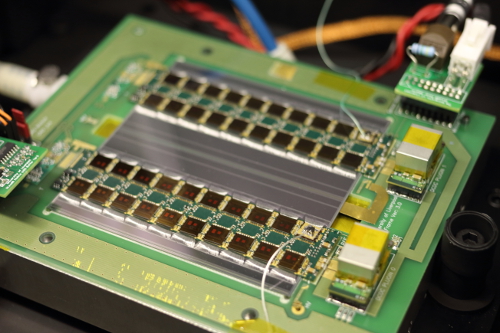
The Cambridge group is playing an important role in the upgrade of the ATLAS semiconductor tracker, due for installation between 2022 and 2023. We aim to test around 3,000 sensors for the project, as well as producing and testing around 1,000 of the 6,000 required modules in our facilities at the Cavendish.
The silicon tracker is capable of measuring the tracks from around 700 million collisions every second and is instrumental in disentangling the few interesting collisions from the enormous amount of uninteresting 'background' collisions. In fact, fewer than one in a million collisions are actually recorded to disc.
The total area of silicon used for the semiconductor tracker is similar to that of a singles tennis court
L1 Calorimeter upgrade
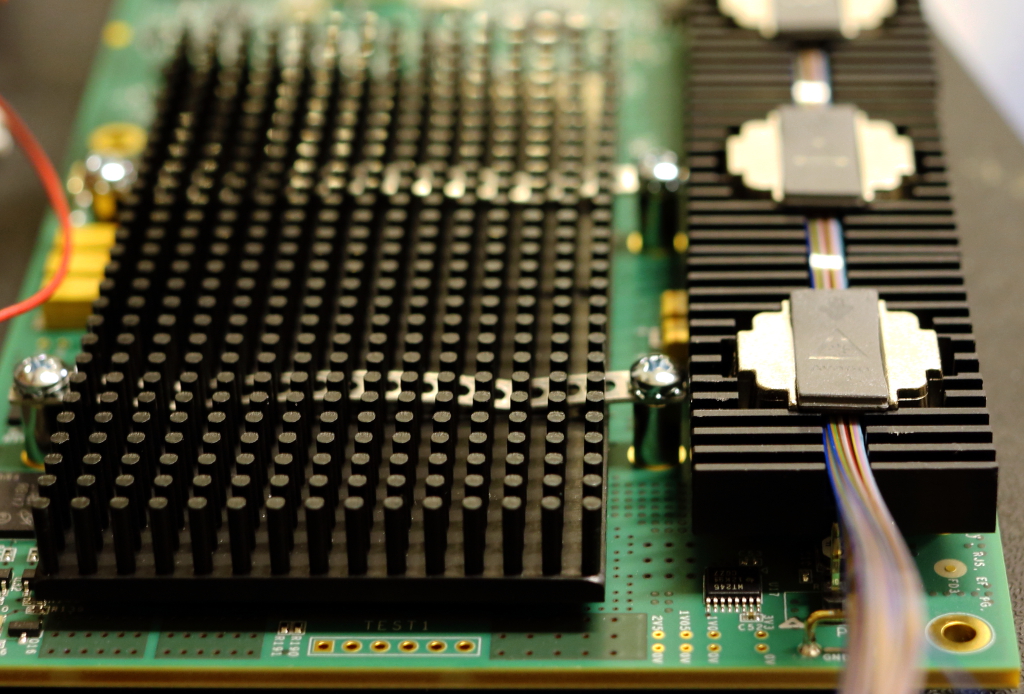
For the ATLAS upgrade, we are also working on the read-out driver (ROD) for the L1 calorimeter. These boards are responsible for for collecting data relating to each trigger event as part of a process referred to as Event Building. Data fragments relating to each event are collected from multiple Electron and Jet 'Feature Extractor' boards. These fragments of data are assembled on the ROD into a complete event, before being packetised and then forwarded on for further analysis and storage.
Each ROD is capable of a throughput of more that 200 Gbps, and there will be up to 8 RODs within the system. With their multiple high speed optical and electrical links, which operate at nearly 10 Gbps, these boards push the current limits of hardware design and require highly sophisticated FPGAs to carry out the necessary data processing.
The ROD boards are capable of processing each event in just 10 millionths of a second
Photon sensor studies
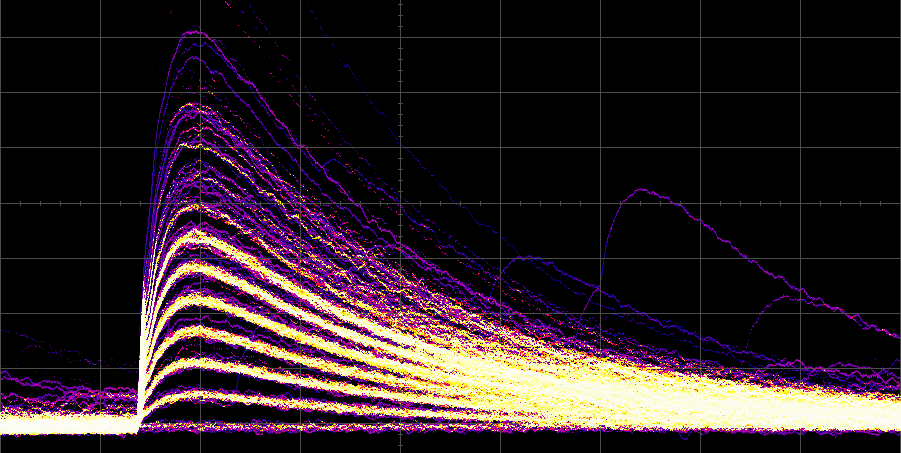
We study the characteristics of single-photon sensitive devices for applications such as the LHCb RICH where new devices are being explored that are capable of providing time-resolved detection of single photons at very high rate. We also exploit these devices in our muon scattering tomography project, outreach projects and beam test measurements to provide robust and compact sensors for triggering.
Facilities
Clean room
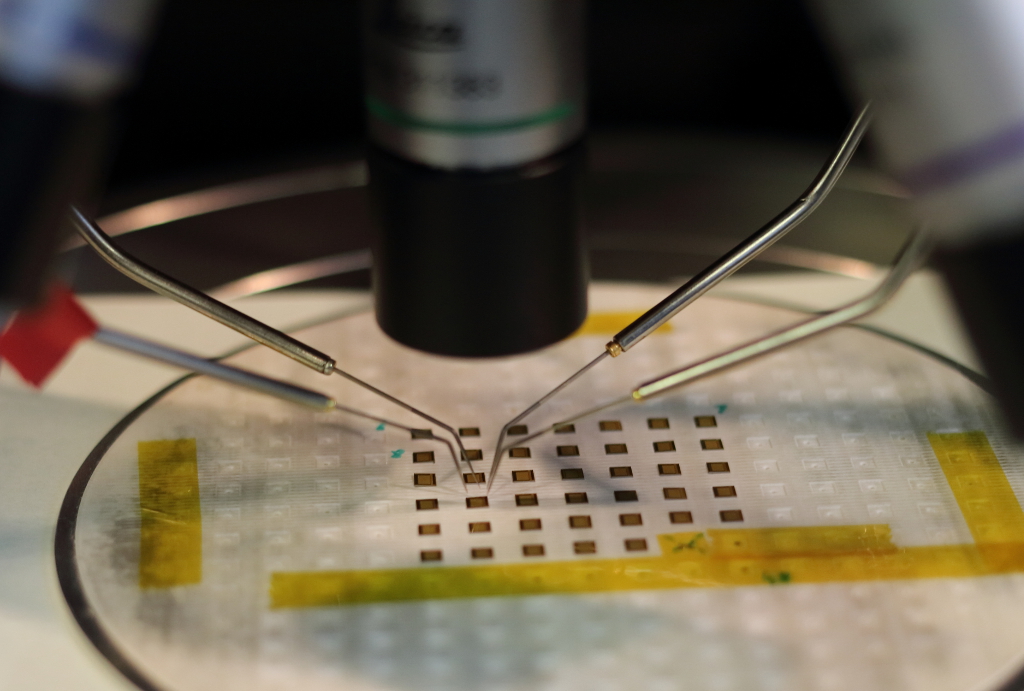
Our clean room contains a range of equipment for assembling and testing bare silicon devices, including a wire bonder, probe station, measurement microscope and environmental chamber. We use these facilities for characterising silicon strip detectors for ATLAS, investigating new radiation-hard devices for future upgrades and assembling test systems. These facilities will also be used for the production and testing hundreds of ATLAS semiconductor tracker modules for the forthcoming ATLAS upgrade.
PCB assembly
The group has in-house facilities for producing small production runs of printed circuit boards (PCBs) for our hardware development work. Our equipment includes solder pasting equipment, a semi-automatic pick-and-place machine, vapour phase oven, rework station and optical inspection systems. This allows us to quickly and easily produce high-quality hardware for prototyping, development and testing.
Electronics workshop
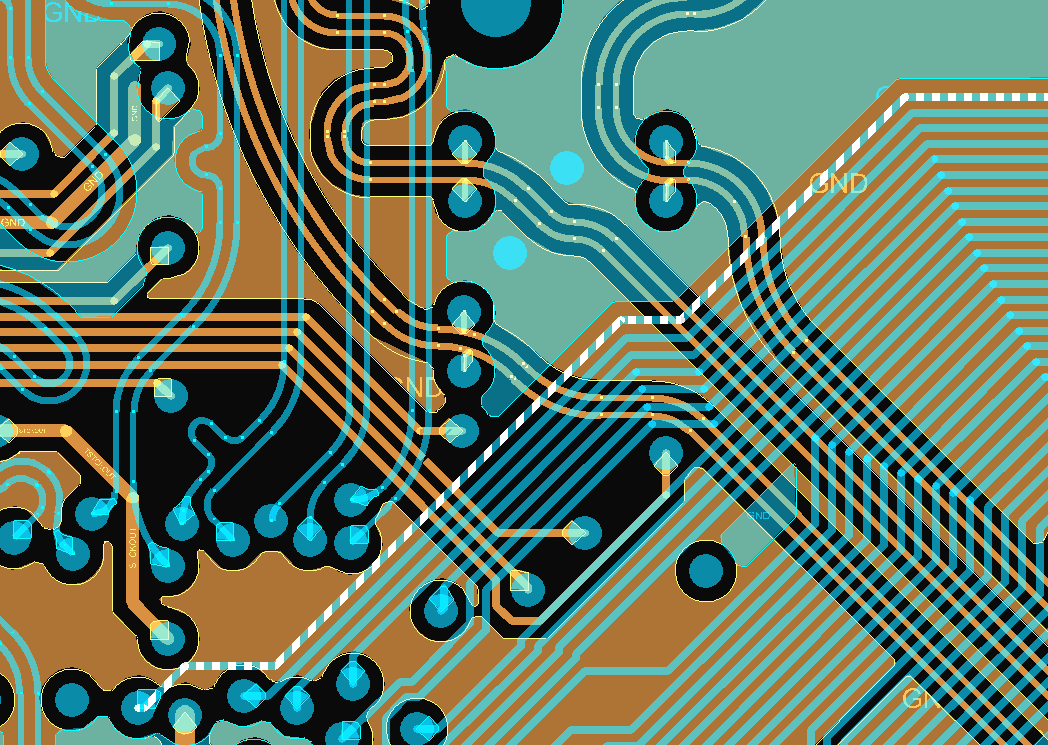
The electronics workshop supports our hardware development work at both the design and manufacturing stages. We undertake the vast majority of our design work in-house, using Altium and Cadence for electrical design, Autodesk Inventor for mechanics and various other specialist software tools such as LTSpice for electrical simulation and Vivado for firmware design. In addition, we are able to carry out basic mechanical manufacturing, with more complex jobs being undertaken by the excellent Cavendish Workshop.
Being able to develop and test our own hardware in-house is especially important in high-energy physics, where detector hardware is invariably designed as a one-off.
Other hardware activities

Spark chamber
To support our outreach work, we have designed and built a spark chamber, which we use for outreach events. This is a compelling demonstration of the cosmic rays that continually bombard the earth and makes a great starting point for explaining what particle physics is, why it is important and how we can design experiments to detect particles. We are currently developing a more portable version of the spark chamber.
Cloud chamber
We also look after the cloud chamber in the Cavendish museum. Like the spark chamber, this allows users to see the behaviour of naturally-occuring ionising radiation in real time.
